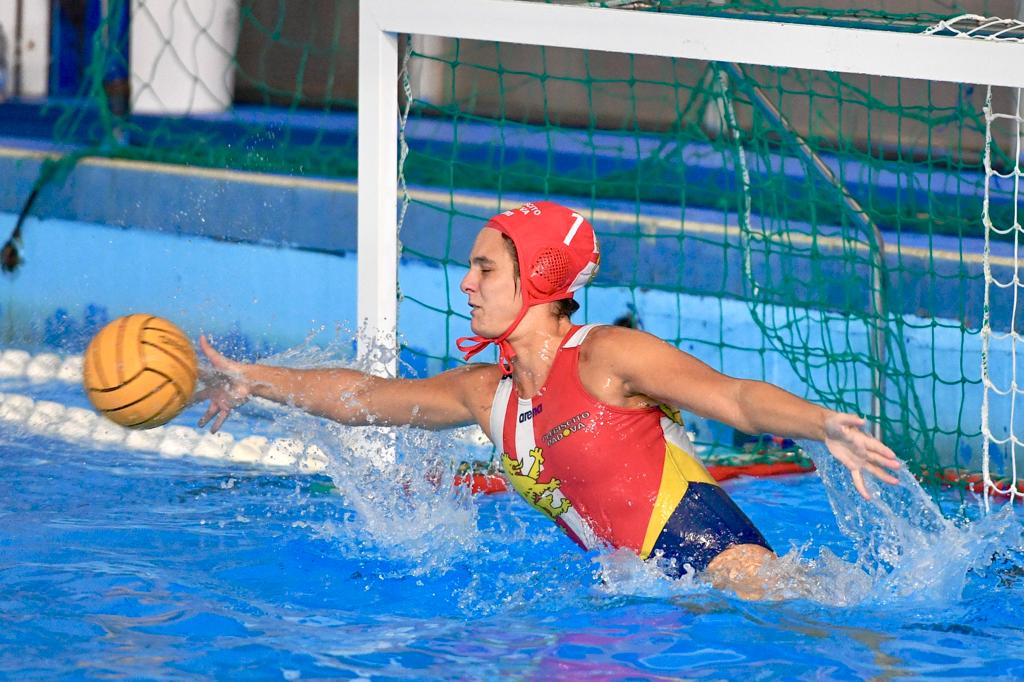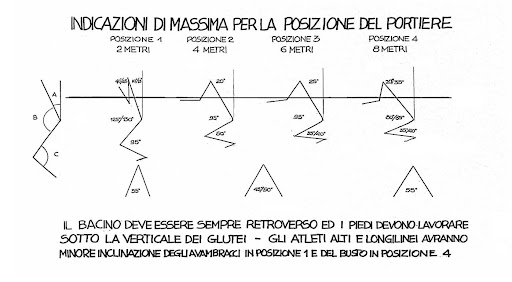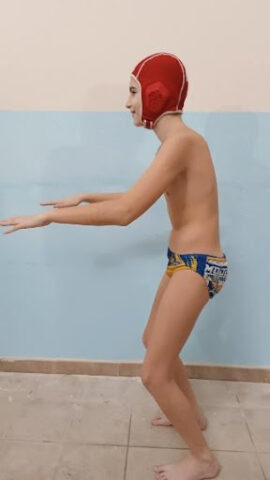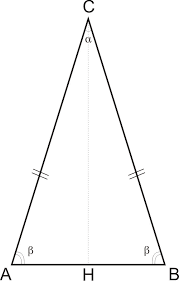In water polo, every single role requires very important swimming skills and individual techniques as all players are an integral part of increasingly advanced tactics and game rules that enhance the figure of each player regardless of the role covered.
The motto is “everyone must actively participate, not just a few players”.
Among water polo players there is a role, the goalkeeper, which needs to be studied in depth because until now, little attention has been paid to this figure and few coaches have had the opportunity to dedicate time to study specific training sessions for characteristics of the goalkeeper which turn out to be as important as those ones of the center forward.
The goalkeeper is the last and at the same time the first player who can be decisive in the final result of the match.
Many teams still prefer to choose a goalkeeper based on their lack of technique or physical characteristics without evaluating the real skills the role must involve.
The main skills of a goalkeeper are technical skills, speed, and agility of movements.
The technical skills must be the following:
- The position of the body in the water
- Bicycle legs
- Hand positions
The position of the body in the water
The basic position is the one the motorcyclist assumes when riding a motorbike, where their chest is stretched forward and the pelvis backward. This position is important as it allows you to have a greater thrust in case you need to block a shot and the body will work with the intervertebral and abdominal muscles to give stability to the pelvis, and fully exploit the thrust of the feet in the water. In this position, the goalkeeper must use the bicycle legs in order to be able to count on the support of the foot from which he will have to intercept the shot.
If he holds the biker position while doing bicycle legs and gives the last stroke of the breaststroke legs, he will get a better position and the body won’t sink.
Based on the position of where the forward is, the goalkeeper’s body must assume a different position:
If the forward is close to 2 meters, the goalkeeper’s shoulders must be slightly extended forward, while if he is far from two meters, he will need to maintain the motorcyclist position and the angle of the bike legs (the space between the heel and the bust) which will increase or decrease according to the distance between him and the forward.
These data are indicative as they depend on the position of the goalkeeper, body structure and type of musculature.
In the rider position with the arms slightly extended forward, the arms must move less than the legs to be fast and intercept the shot, helping the body to maintain balance and make different movements.
Bicycle legs
It is known that the legs must be able to support the goalkeeper’s body either when he moves sideways or when he jumps or gets ready to take his arms out. Within the lower limbs, there are two key points for the goalkeeper:
- The ankles: these must be as mobile as possible and at the same time ready to change position and movement – mobile ankles allow the foot to rotate and to “hook” the water in order to use it and move sideways or to look for that point that allows supporting the goalkeeper’s action.
- The knees: the distance between one knee and the other is a factor that can affect the result of the movement of the legs on the bike. We need to imagine the knees as an isosceles triangle where the closer the knees are, the faster the movement of the feet will be.
When the goalkeeper moves or jumps sideways, the legs are the key factor to block even impossible shots: if the movement is to the right of the goalkeeper, the right leg will be the one that will allow the body to have the greatest benefit both on the simple lateral movement and on the jump trying to stay in a high position without allowing the body and the hands to sink.
Hand positions
If the legs have the function of support, the position of the arms and hands have the function of intercepting a shot in the shortest time possible.
The function on which you work more and train is needed is the responsiveness of the arms. Several times happen that the goalkeeper helps himself with his hands by applying pressure to stay more afloat with the body – if he does so, he risks slowing down the exit of the arms as they get tired of floating and therefore conceding a goal. Another common mistake comes when on a lateral shot the shoulder comes out first then the arm allowing a delay to block the shot.
On lateral shots, if the goalkeeper works well with his legs, in the final part of the ball’s block, he will use the arm that goes in the direction of the ball quickly while the opposite arm will support the body to distension it – therefore he avoids making pressure with the hands otherwise he will waste time to block the ball.
I would like to take the chance to thank the help and cooperation of Umberto Panerai, a water polo goalkeeper coach. For further information, check out the link to his Facebook page where you can find his book here.




Compliments for in depth study of a goalie – pls contacts to exchange more:
[email protected]
70+FINA Gold 1974 and in goal for 80+ in Doha 2024
excellent, great help for the guys who are just starting out. greetings from cucuta colombia.
Thanks, follow my page to find more analysis: https://www.facebook.com/wpsmethodology
I loved playing waterpolo.
I hope America becomes more dominant in water polo at the world stage!
Sure if they make professional league the level will be the best in the world, At the mena time follow my page to find more drills, videos : https://www.facebook.com/wpsmethodology